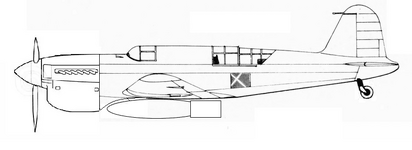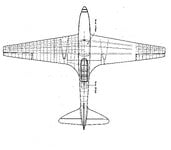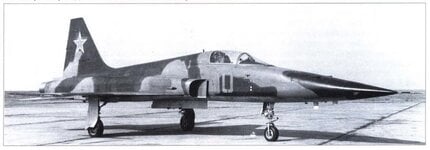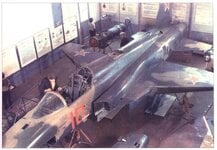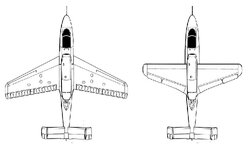From the British perspective, Merlin was probably more easily available.I was wondering about availability of Merlins for the "Torbattle". Use V-1710s?
OTOH - British were also using the Bristol Taurus on the Albacore, so having that powering the "TorBattle" would've not been a long shot. Also makes the aircraft lighter and shorter a bit. Use the R-1830 on it, too?

